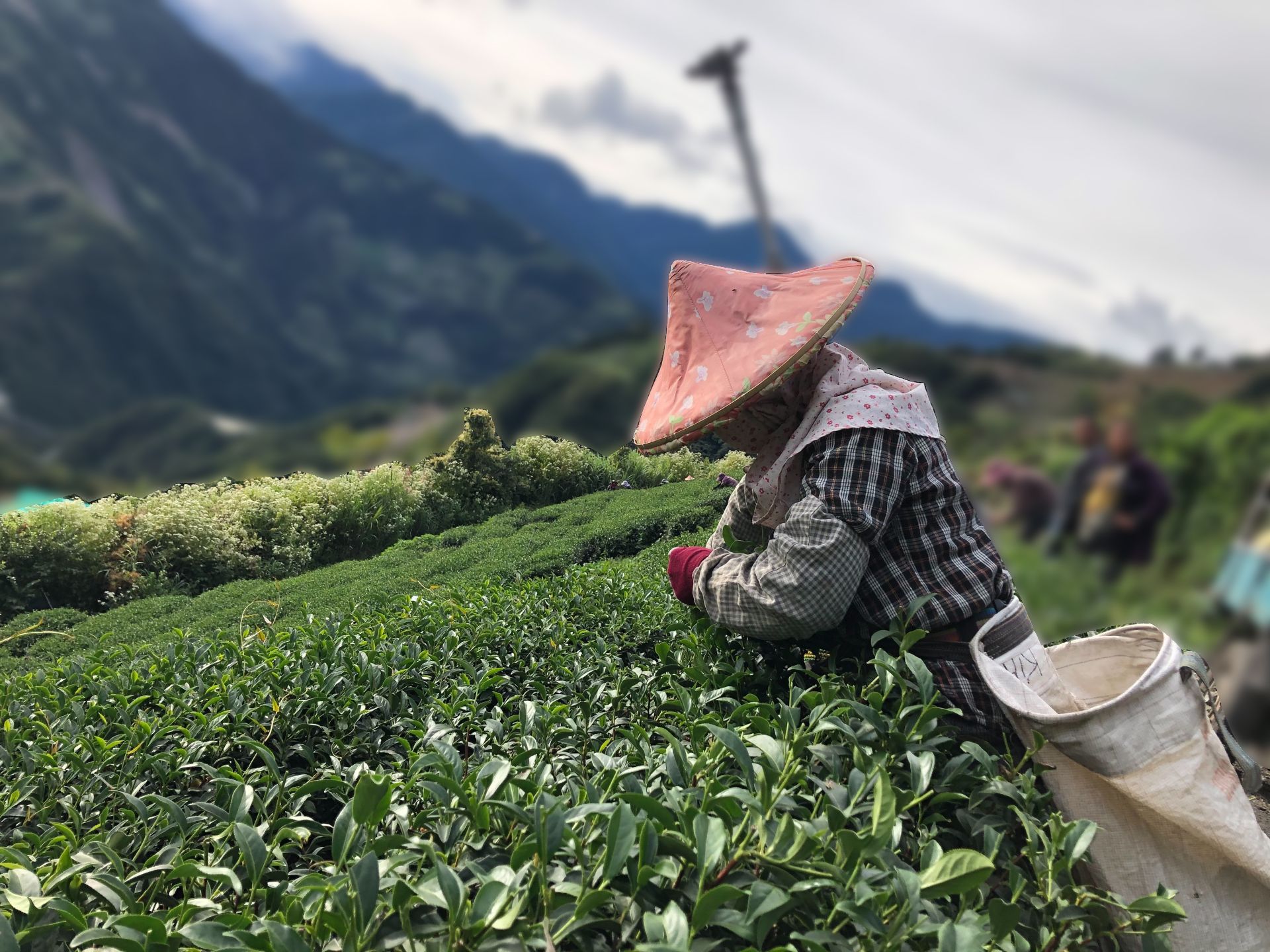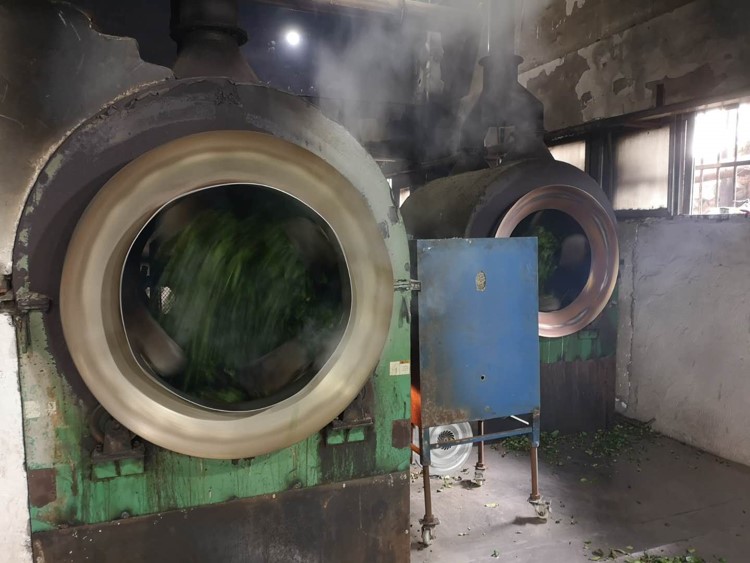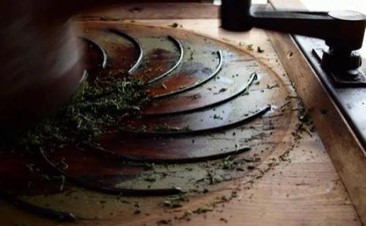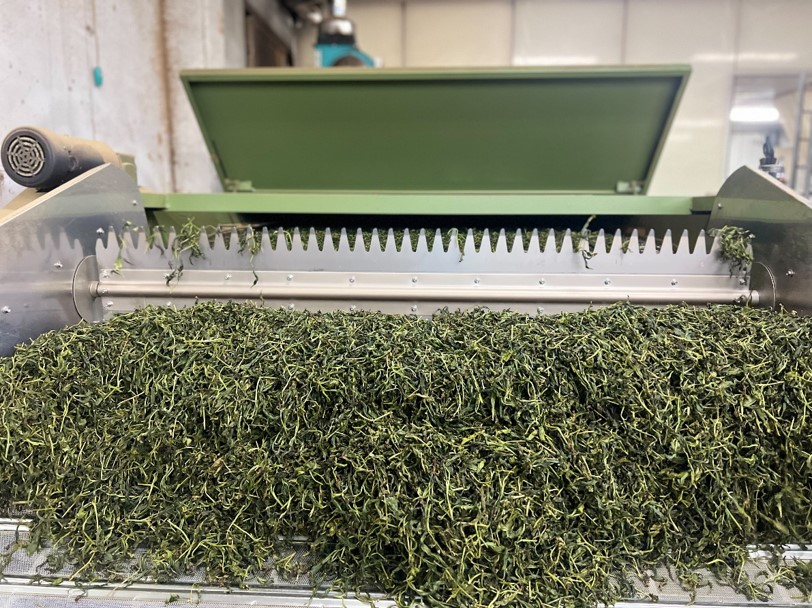Production
- Home
- Tea Manufacturing Process
- Production
The Production Process of Taiwan Partially Fermented TeaIntroduction of Key Manufacturing Process

Tea Harvesting
The requirements and standards for tea leaf picking are determined based on the desired tea classification and flavor profile.

Sun Withering
Excessive sunlight intensity may cause scalding, while slow moisture dissipation can lead to delayed fermentation, resulting in weak aroma and inferior quality.

Indoor Withering
In the initial phase of withering, the leaves are spread thinly to facilitate moisture dispersion, followed by progressively thickening layers to aid fermentation.
During the withering period, the texture of the tea leaves softens, leaf edges become slightly wavy, tea stems shrink, and the pungent smell diminishes.
Stirring is initiated only when a fresh aroma is emitted.

Stirring
Improper stirring can lead to damage in tea leaves, resulting in darkening or reddening.

Fixation
It causes the dispersion of moisture in tea leaves, removes the green smell, and softens the texture, facilitating subsequent rolling.
The fixation process helps stabilize the color and aroma developed during the withering.

Rolling
For oolong tea, the standard degree of rolling is to tightly twist the tea leaves into strips. Insufficient rolling makes it difficult for cellular contents to be released, resulting in a light and thin flavor in the brewed tea. Excessive rolling increases bitterness, turns tea stems red, and causes unpleasant aroma.

Drying
There are intentional differences between drying and roasting. Roasting can alter the composition and aroma style within the tea, usually regarded as the subsequent refinement in the tea processing.
